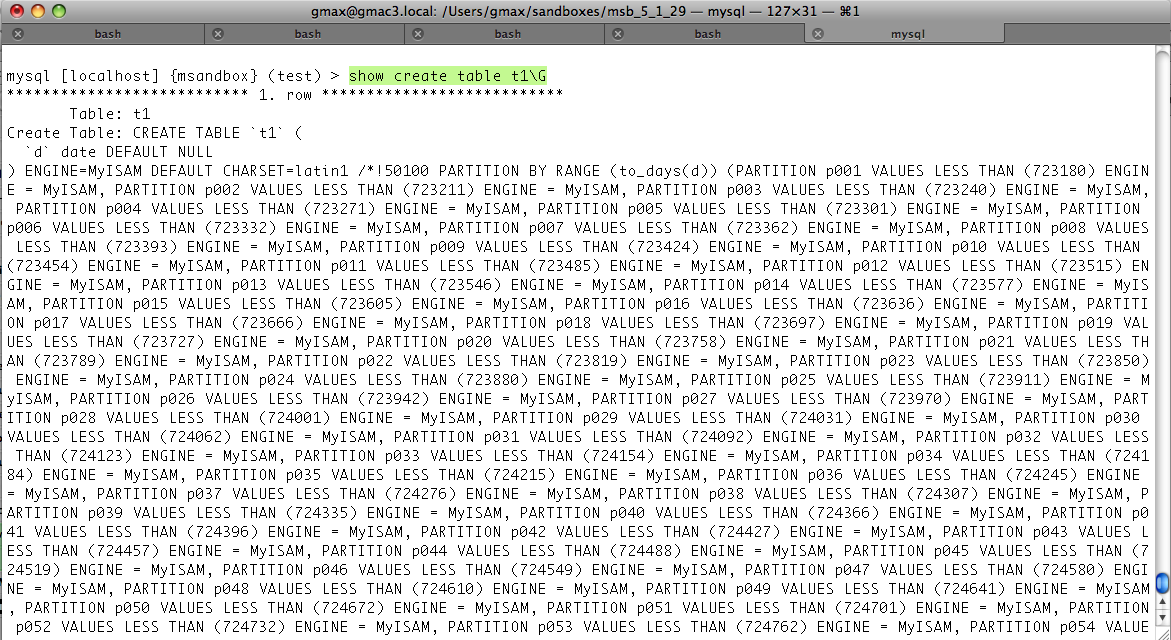
Inspired by the Arctic Dolphin's scary movies, I dug out some reading advice that I made during the MySQL Developers meeting in Riga.
Jack Kerouac, On The RoadMap, a fictionalized autobiography of a senior engineer on a cross country bohemian odyssey after failing to deliver 5.1 GA for the fifth time.
Ken Kesey, One flew over the cuckoo's nested query. A story of love and madness involving a quiet Engineering department. When Jeffrey McMurphy, a convicted felon who's faking insanity to escape a prison sentence, is sent to the Database Group asylum, life changes instantly for the other guests.
A subtle tragedy involving a marketing planner, a virgin junior engineer, and a swordfish develops inexorably, leaving the main character with a headache, while the chief of engineering runs away with the bath sink.
Umberto Eco, The name of the release. Young novice Zack of Melk tells the story of his master, Friar Marten of Baskerville, faced with the sudden suicide of his beloved Five-One-Twenty-Two release. The mystery thickens when another release, Five-One-Twenty-Three, is found dead in a puddle of blood, and again when the scribe Five-One-Twenty-Four is poisoned. Three more releases are slaughtered before some light is finally shed on the story, and the murder is revealed, and the surviving release Five-One-Thirty is finally sent to preach in the outside world.














